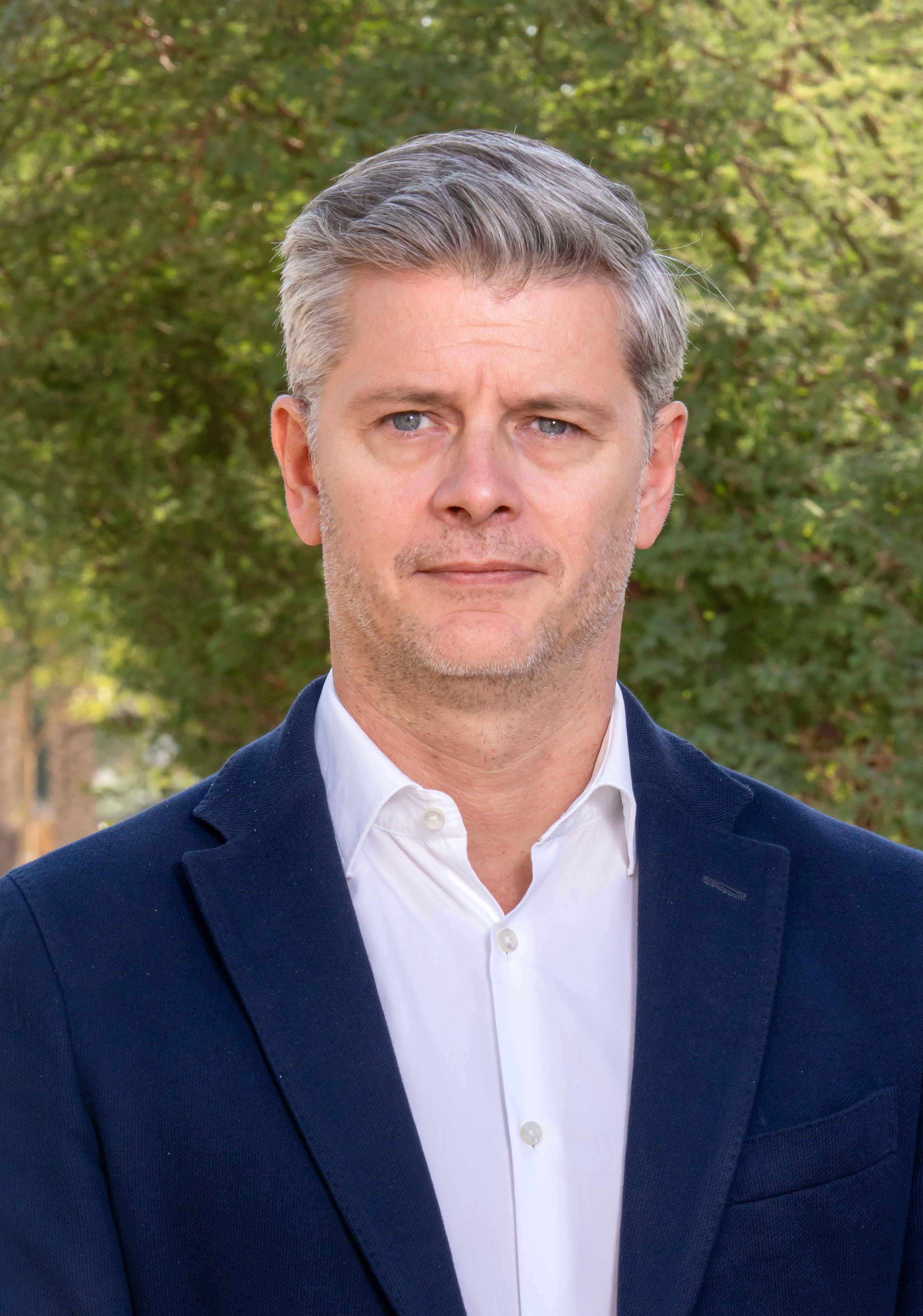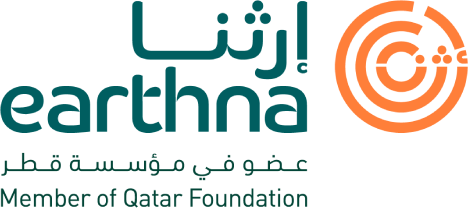
By Sebastien Turbot
Earthna, Director of Content
Arid zones cover 30% of land on earth and are home to a third of the planet’s population. Many of the people who live in drylands reside in cities, however these urban areas have often grown and developed with too little attention paid to the environmental conditions around them.
For many decades, architects and urban planners in arid environments have aspired to design and construct state-of-the-art buildings and infrastructure to meet evolving societal needs. But cities with hot and arid environments are now facing a series of unique challenges. These include water scarcity, food security and high energy consumption caused by the need for complex cooling systems. In many hot and arid cities, the health and wellbeing of residents is also a cause for concern due to a lack of public spaces that can be used during the hot summer seasons, poor outdoor and indoor air quality and limited opportunities to connect as a society. And it is no surprise that climate change will exacerbate these issues, for example, according to a report by the European Institute of the Mediterranean, in the Middle East and North Africa, climate change is expected to reduce the amount of naturally available water by 15-45% by 2100, which in turn will have a severe impact on food security as 70% of agriculture is rain fed.
But what can we do about this? How do we reimagine and redesign our arid cities to be more sustainable? Perhaps most importantly, it’s essential that we do not work in isolation. Lasting and impactful change can only be achieved by working holistically, collaboratively and globally to pool thinking and resources and create tangible, deliverable pathways to enhanced liveability and sustainability. Central to this is designing policy that guides city development, factoring in the specific conditions associated with hot and arid environments. When employed, this provides the foundation for driving awareness and education of more suitable practices that help cities to thrive. Technology, innovation and funding all have a role to play by providing citymakers with the necessary information, tools, financial capital and techniques to enable positive change. And it’s critical that all of these solutions are grounded in evidence-based research and data to ensure that they are both effective and implementable.
Whilst many of these solutions rely on harnessing the latest thinking and taking a modern approach, it’s important that we don’t forget the lessons of the past. Some of the earliest cities were formed thousands of years ago along the banks of the Tigris and Euphrates rivers (in areas now covering Iraq and Syria). Here, summer temperatures often reach over 40 Celsius (100+ Fahrenheit) and of course, these cities were built without air-conditioning, cars, or vast indoor meeting, working and shopping spaces. These cities relied on incorporating shade into design, allowing people to walk from place to place protected from the glare of the sun. They were built to take advantage of natural airflow. And formed around medinas, bringing essential places together in a central location to prevent people having to walk too far – the literal embodiment of the desirable modern concept of the 15-minute city.
So what actually makes a desirable city? Increasingly in urban design, we are seeing a shift – moving away from simply building “for the worse” i.e. to protect against the intense summer heat, to building “for the best” and for society. In addition to utilizing policy, technology, awareness and funding to enhance cities, urban planners and developers are increasingly adopting “placemaking” principles, which take a collective, community focused approach, grounded in local, traditional knowledge and heritage. Let’s take Montréal as an example. In the ‘Underground City’ as it is often referred to, many shops, transport modes and recreational hubs have been built below the surface, to account for the long winter season. But the city also comes alive in summer, when many temporary structures and outlets are erected aboveground to take advantage of the warmer months, enabling residents to enjoy the best the city has to offer all year round.
Over the coming week, Earthna will be hosting and participating in a number of activities in Qatar, looking at the challenges and opportunities associated with placemaking in hot and arid cities. Convening local stakeholders with international experts including Ethan Kent, Executive Director of Placemaking X; Dr. Lobna Mostafa, Co-founder, Amaken Placemaking; Prof. David Simon of Royal Holloway, University of London; and Dr. Nourhan Bassam, Principal Owner, GamingX, and working with VCUQatar, Qatar Museums and AIPH, we will be analysing modern and historic case studies and exploring how sustainable urban design can help address the issues that cities like Doha face. In a series of seminars, workshops, tours and interviews, collectively, we will be considering how arid cities’ needs can be met and how best to support the essential elements of connectivity and vibrancy that help a population to thrive.
Our activities this week link to Earthna’s wider work to explore the design, planning, and management of urban spaces, with the aim of creating sustainable, resilient, and inclusive cities in hot and arid regions. Central to this program is a recently launched research project which will bring together the views and work of stakeholders from a number of dryland cities including Doha, and analyze the key parameters that enable communities in hot urban environments to prosper.
It is only by fostering collaboration, facilitating greater understanding of issues and developing impactful solutions, that we will be able to reframe our approach to creating places, and shift the paradigm to ensure a more sustainable and resilient future for cities in hot and arid lands.
